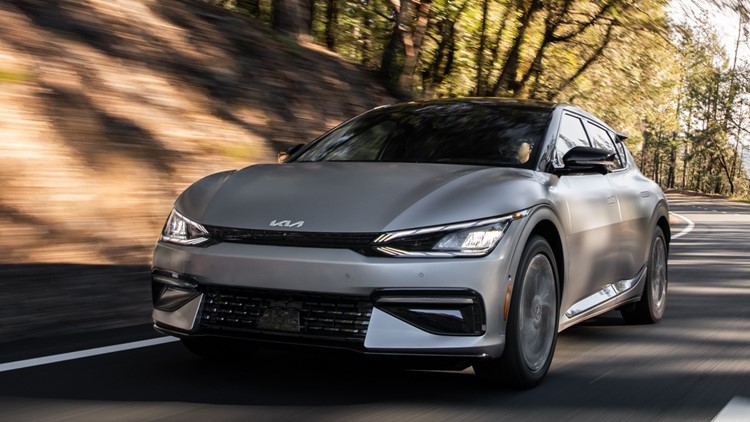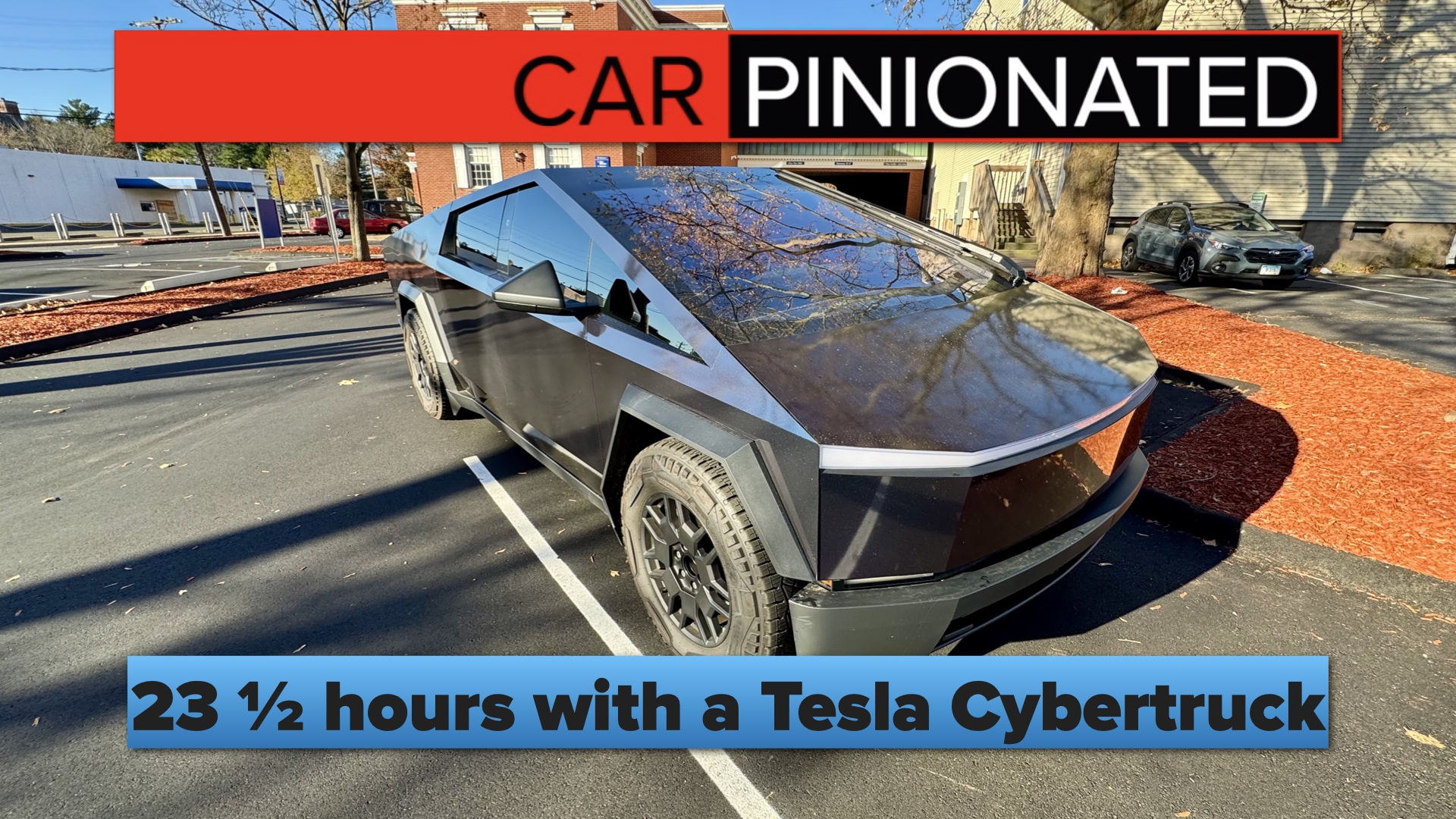INDIANAPOLIS — I finally did it – joined The Grid and installed an electric vehicle charger in my garage. I’m apparently not alone. According to data from Edmunds, U.S. EV market share from January-November 2022 was 5.1% compared to 2.5% for all of 2021. These shares will seem paltry as every automaker launches full lines of EVs during the next few years. While four key trends define EVs during 2023, it’s time we learn a new language.
Key EV Trends
A recent story by Jessica Caldwell, Director of Insights at Edmunds, discusses EV trends that will greet us in 2023.
Trend 1: EVs of all brands are attracting more luxury buyers
Caldwell used the Ford Mustang Mach-E, Hyundai IONIQ5, and Kia EV6 as examples. Luxury trade-ins for the Mach-E is 23% while only 6% for Ford overall. The IONIQ5 gets 17% compared to only 7% for Hyundai while the EV6 commands 18% versus 6% for Kia. As the luxury brand for Hyundai Kia, Genesis, is also proving EVs are a strong way to gain new exposure to the brand. This makes sense since EVs cost more, but it’s a smart move for mainstream brands.

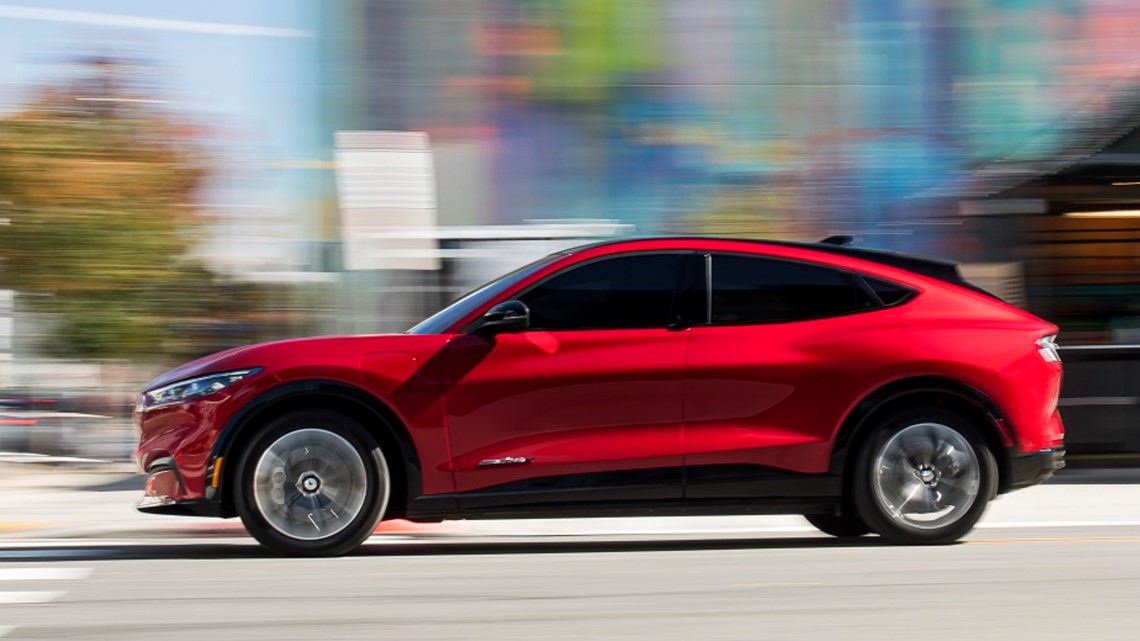
Trend 2: EVs are winning conquests from other brands
Indeed. Using examples from above, 69% of Mach-E buyers trade in non-Ford models compared to 42% for Ford overall. It’s also true that the IONIQ5 draws 81% of buyers from non-Hyundai models compared to 57% for Hyundai overall. EV6 claims 79% vs. 61%. In all three cases, having desirable EVs drew new buyers.


Trend 3: EVs command top dollar
EVs remain pricey, but seamless performance, home charging, and lower operating cost offset loftier stickers. And, EVs offer features luxury buyers desire. The average Mach-E sold for $57,988 while the average Ford transacted for $55,609, driven by trucks. The compact IONIQ5 averaged $54,643 compared to $34,952 for Hyundai overall. Similar is true for the EV6, which averaged $57,178 compared to $34,651 for Kia. EVs aren’t cheap, but offer an ownership experience equal their prices.

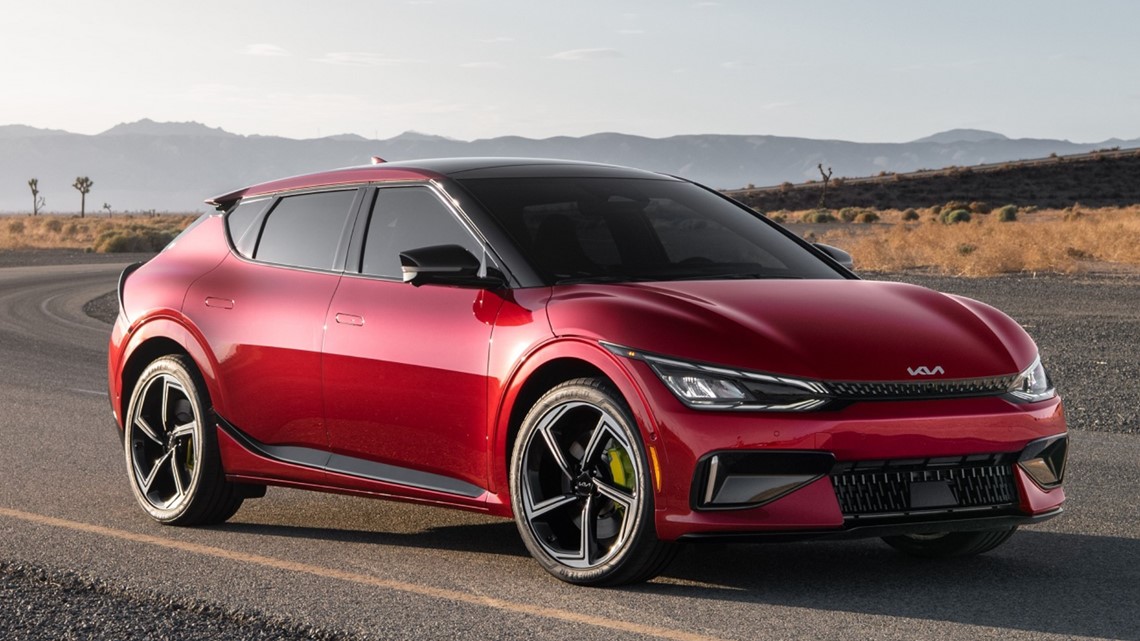
Trend 4: EVs are appealing to younger shoppers
In the first nine months of 2022, 44.1% of EV buyers were under 45 compared to 35.5% for all models. This is important for automakers as they try to attract drivers for life and create an aura of youthfulness. It makes sense that younger buyers would be attracted to EV interiors and technology that seem more like extensions of their screens than symbols of a bygone mechanical age.

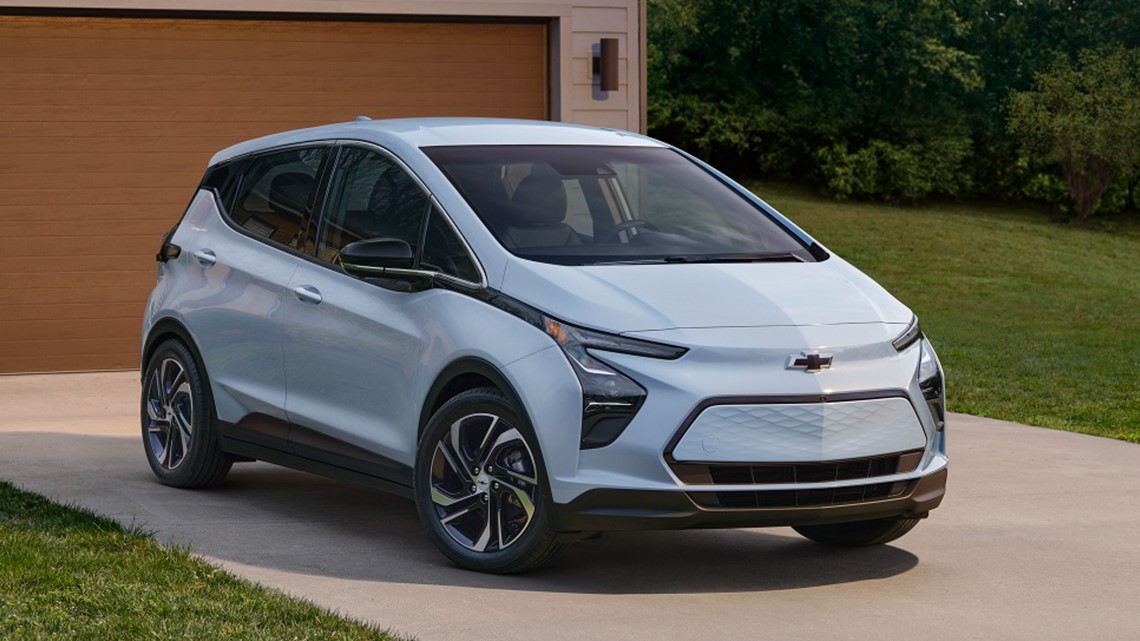
Learning the Lingo
To prepare for this new electric age, we must understand a new language. Let me help.
Unlike familiar hybrids, EVs have no gasoline engine. They derive all of their power from a plug and through Regenerative Braking (Regen) that recovers kinetic energy during braking. Driving Range, the distance from fully charged to parked roadside, varies by battery size and vehicle weight, but typically 250-300 miles (or more for luxury models).
Horsepower still defines work being done as a factor in acceleration while Torque, the twisting force that turns a vehicle’s wheels, is often higher in EVs for quick acceleration and towing. Unlike gas engines that rev for maximum power, electric motors generate it instantly for that silent rocket ride. You may also have read about “one-pedal driving.” Most EVs allow regen to automatically engage when lifting off the accelerator, allowing drivers to slow or stop without using the brake pedal.
Advanced Knowledge
You’re going to read a lot about Kilowatt-hours (kWh), which is the current a battery can emit over an hour. The higher the kWh, the more range, acceleration, and towing capacity. Larger batteries provide more kWh, which is why trucks have larger battery packs than compact sedans. It’s also why it takes longer to recharge a pickup than a compact. Think of filling gas tanks of 20 gallons vs. 10 gallons.


To demonstrate their efficiency, electric vehicle window stickers show “MPGe”, or miles-per-gallon-equivalent. It’s how far an EV can travel with 33.7 kWh, or the energy in one gallon of gasoline. EVs often exceed 100-MPGe.
When it comes to putting energy back in, there are three levels of chargers that allow increasing speeds of charging. A Level 1 charger is essentially an EV plugged into a wall outlet. It takes days to fully recharge. Moving up to a Level 2 home or commercial charger decreases it to under 10 hours. The fastest Level 3 DC Fast Chargers can replenish a battery pack in about 30 minutes.
The transition from gasoline to electricity will be a challenge for all of us, but it is coming quickly. Being able to speak the new language will ease change. Get ready for a new journey.
Storm Forward!
Send comments to Casey at AutoCasey@aol.com; follow him on YouTube @AutoCasey.


